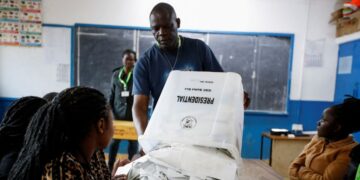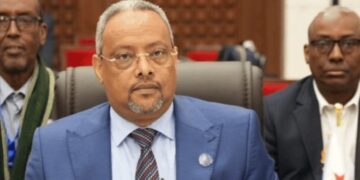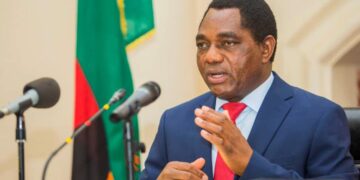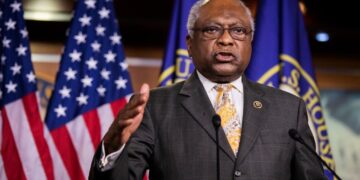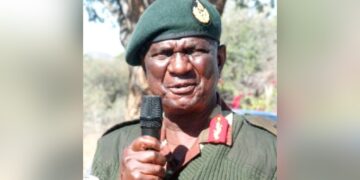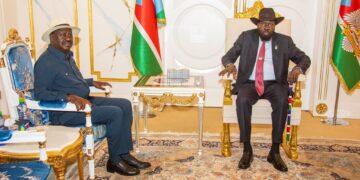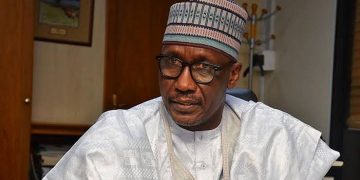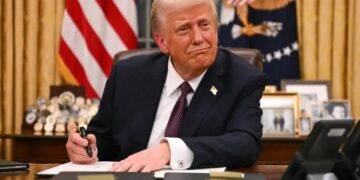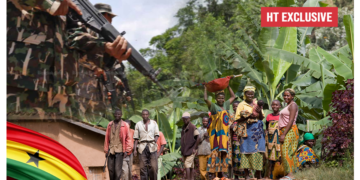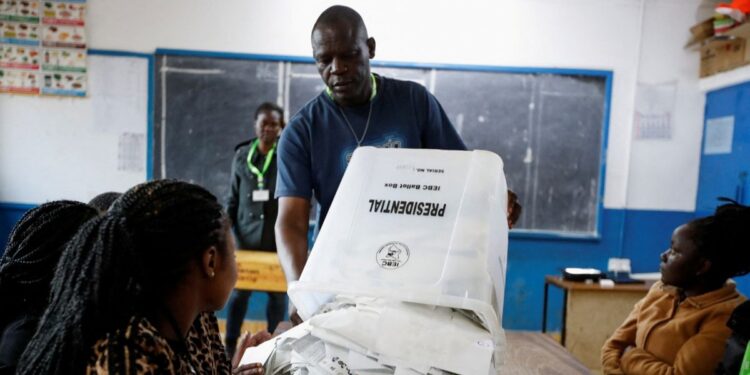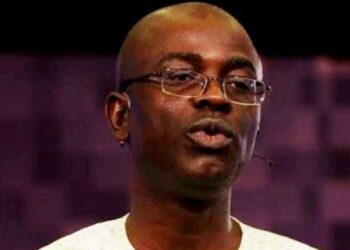By John Ikani
Provisional results suggest a tight presidential race in Kenya between Deputy President William Ruto and former prime minister Raila Odinga.
With more than 90% of results posted from thousands of individual districts, local tallies of the raw data suggest little separates the pair.
The Tuesday election is an important test for stability in East Africa’s biggest economy, where two of the last three elections led to bloodshed and disputes over accusations of rigging.
Polling day was largely peaceful, but turnout was low, amid voter apathy and frustration over rising food prices, corruption and fears of violence.
The electoral commission estimated turnout at around 60%, well short of the 80% seen at the last election five years ago.
Kenyans are eagerly waiting to find out if the next leader is a former prime minister, Raila Odinga, who’s backed by Mr Kenyatta, or William Ruto, the deputy president.
People have also been electing county governors and MPs.
Official results are not expected for several days. A tight race is predicted.
The winning candidate must get 50% plus one vote.
Outgoing president Uhuru Kenyatta is backing Mr Odinga, a foe turned ally, to succeed him, after a falling out with Mr Ruto.
After counting the votes, local officials take a photo of the final tally sheet and send the image to both the constituency and national tallying centres.
The media, political parties and civil society groups have been compiling their own tallies using these final results declared at the more than 40,000 polling stations.
But only the electoral commission can declare the winner of the presidential election after verifying the physical and digital forms sent to the national tallying centre.
